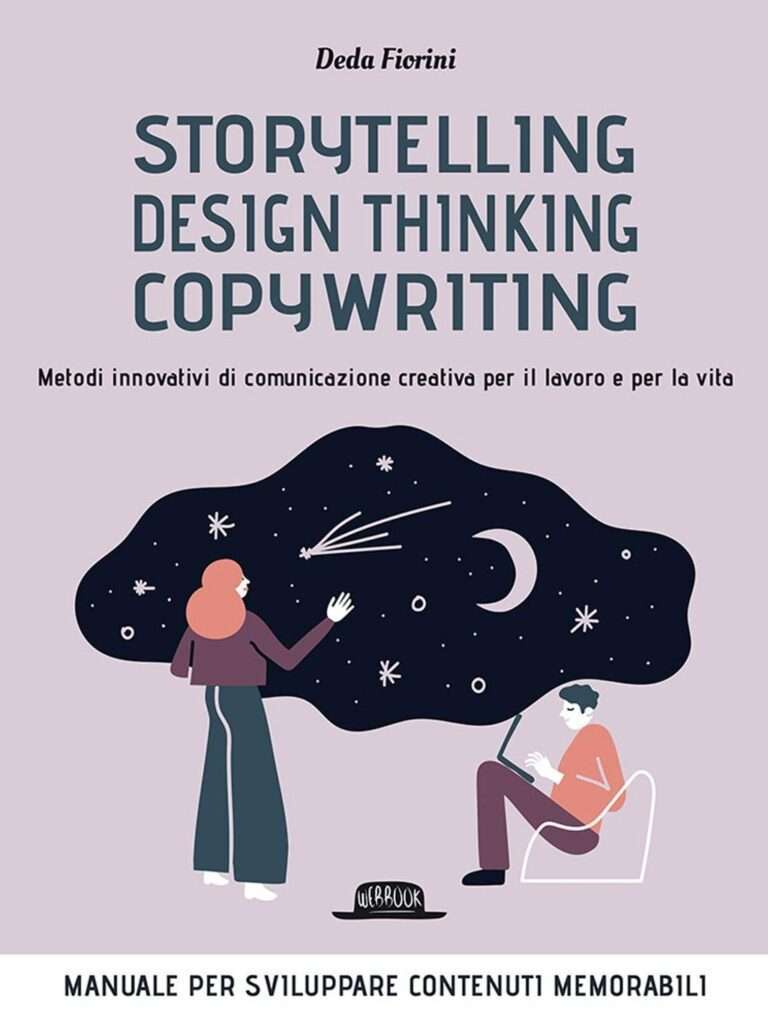The Narrative Arc: The Key to Engaging Storytelling
Overview
What is a narrative arc?
A narrative arc is the structure that gives a story its shape and progression. It is the framework that guides the plot, character development, and conflict resolution. The narrative arc consists of key elements such as the exposition, rising action, climax, falling action, and resolution. It provides a sense of direction and purpose to the story, allowing the audience to engage with the characters and their journey. Understanding the narrative arc is essential for content creators and storytellers as it helps create a compelling and cohesive narrative that captivates the audience. By utilizing the narrative arc effectively, creators can craft stories that resonate with their audience and leave a lasting impact. If you’re looking to enhance your storytelling skills and create engaging content, consider using Unifire. Unifire is an innovative tool that helps you transform your webinars, podcasts, and conference talks into unique and insightful content. With Unifire, you can scale your content creation process and deliver content that truly represents your voice and expertise. Take your storytelling to the next level with Unifire and captivate your audience like never before.
Why is the narrative arc important?
The narrative arc is a crucial element in engaging storytelling. It provides structure and coherence to a story, guiding the audience through a series of events and emotions. A well-crafted narrative arc captivates the reader or viewer, keeping them invested in the story and eager to know what happens next. Without a strong narrative arc, a story can feel disjointed and lack direction. It helps to build tension, create suspense, and deliver a satisfying resolution. The narrative arc also allows for character development, as it provides opportunities for growth, challenges, and transformation. Overall, the narrative arc is essential for creating a compelling and memorable story that resonates with the audience.
Elements of a narrative arc
In order to create a compelling story, it is important to understand the key elements of a narrative arc. A narrative arc is the structure that gives a story its shape and guides the reader or viewer through the plot. It consists of various stages, including the exposition, rising action, climax, falling action, and resolution. Each stage plays a crucial role in building tension, developing characters, and resolving conflicts. The narrative arc provides a comprehensive guide for storytellers to create engaging and impactful narratives. By following the narrative arc, writers can ensure that their stories have a clear structure and keep the audience hooked from beginning to end.
Introduction
Setting the stage
Setting the stage is a crucial step in creating an engaging narrative. It involves creating a vivid and detailed world for your story to unfold in. By carefully crafting the setting, you can transport your readers to a different time and place, immersing them in the story. This not only helps to establish the tone and atmosphere of the narrative but also allows for the introduction of interesting characters. The setting can influence the behavior and motivations of the characters, shaping their actions and decisions. By creating an intriguing and captivating setting, you can hook your readers from the very beginning and keep them invested in the story.
Introducing the characters
In this section, we delve into the key players of the story, introducing them to the audience and setting the stage for their roles in the narrative arc. Each character is carefully crafted to bring depth and relatability to the story, allowing the audience to connect on a personal level. Through vivid descriptions and compelling backstories, the characters come to life, capturing the readers’ attention and drawing them further into the story. By establishing a strong emotional connection with the characters, the narrative arc becomes more engaging and impactful.
Establishing the conflict
In order to create engaging storytelling, it is crucial to establish a conflict that drives the narrative forward. The conflict serves as the driving force behind the story, creating tension and suspense that captivates the audience. By introducing main characters and setting the stage, the conflict is brought to life, giving the story a sense of purpose and direction. It is through the conflict that characters are tested, facing challenges and obstacles that they must overcome. These challenges not only drive the plot forward but also allow for character growth and development. Additionally, plot twists and turns add excitement and unpredictability to the story, keeping the audience engaged and eager to see how the conflict unfolds. The establishment of the conflict sets the stage for the rest of the narrative arc, creating a foundation for the rising action and eventual resolution. By creating a compelling conflict, content creators can ensure that their storytelling resonates with the audience, evoking emotions and leaving a lasting impact.
Development
Rising action
The rising action is a crucial part of the narrative arc as it builds tension and captivates the audience. During this phase, the story unfolds, and the conflict intensifies. It is the point where the stakes are raised, and the characters face significant challenges and obstacles. The rising action keeps the audience engaged and eager to know what will happen next. It is a key element in creating suspense and driving the story forward.
Character growth and challenges
Character growth and challenges are essential elements of a compelling narrative arc. As the story unfolds, the characters undergo transformative experiences that shape their journey. These challenges serve as catalysts for personal growth, pushing the characters to their limits and forcing them to confront their fears and weaknesses. Through these trials, the characters evolve, gaining new insights and developing resilience. The audience becomes emotionally invested in the characters’ struggles and triumphs, creating a deep connection and engagement. The subject’s journey is enriched by the obstacles they face, making their eventual success even more satisfying.
Plot twists and turns
As the narrative arc unfolds, plot twists and turns play a crucial role in keeping the audience engaged and invested in the story. These unexpected developments add excitement, suspense, and unpredictability to the narrative, keeping the audience on the edge of their seats. Plot twists can challenge the protagonist’s beliefs, reveal hidden motives, or introduce new conflicts that further complicate the story. They serve as turning points that propel the story forward and keep the audience guessing. The narrative structure is enhanced by these plot twists and turns, creating a dynamic and captivating storytelling experience.
Conclusion
Resolution of the conflict
After a series of intense challenges and plot twists, the conflict in the story finally reaches its resolution. The protagonist, who has undergone significant growth and faced numerous obstacles, confronts the main antagonist or overcomes the central problem. This resolution brings closure to the narrative arc and provides a sense of fulfillment for the audience. It is at this point that the audience can reflect on the journey and the lessons learned from the story. The resolution of the conflict serves as a pivotal moment that leaves a lasting impact on the audience, allowing them to connect with the characters and the overall narrative. Through this resolution, the story demonstrates the power of perseverance, resilience, and personal transformation. It reminds us that even in the face of adversity, there is always the possibility of finding a resolution and achieving personal growth.
CTA: Unifire
If you’re looking to enhance your storytelling skills and create engaging narratives, consider using Unifire. Unifire is a powerful tool that can help you transform your ideas into captivating stories. With its AI-powered features, Unifire allows you to generate high-quality content based on your insights and unique voice. Whether you’re a content creator, educator, or anyone who wants to make an impact through storytelling, Unifire can be your ultimate companion. Try Unifire today and unleash your storytelling potential.
How to Create a Compelling Narrative Arc
- Start with a captivating introduction that sets the stage for the story.
- Introduce well-developed characters that the audience can connect with.
- Establish a clear conflict or problem that drives the narrative.
- Build tension and suspense through rising action and challenges.
- Allow the characters to undergo growth and transformation throughout the story.
- Incorporate plot twists and turns to keep the audience engaged.
- Reach a satisfying resolution that brings closure to the conflict.
- Reflect on the lessons learned and the impact of the story on the audience.
- Use Unifire to enhance your storytelling skills and create impactful narratives.
By following these steps and utilizing the power of Unifire, you can create compelling narrative arcs that captivate your audience and leave a lasting impression.
Lessons learned
Throughout this article, we have explored the importance of the narrative arc in engaging storytelling. We have learned that a well-crafted narrative arc is essential for capturing the audience’s attention and keeping them invested in the story. By setting the stage, introducing compelling characters, and establishing a conflict, storytellers can create a strong foundation for their narrative. As the story develops, rising action, character growth, and plot twists keep the audience engaged and eager to know what happens next. Finally, the resolution of the conflict and the lessons learned by the characters leave a lasting impact on the audience. In conclusion, mastering the art of the narrative arc is key to creating captivating and memorable stories that resonate with the audience. If you’re ready to take your storytelling skills to the next level, check out Unifire, a platform designed to help creators scale authentic content and reach a wider audience. With Unifire, you can unleash your creativity and make a lasting impact on your audience. Visit Unifire to learn more and start your storytelling journey today.
Impact on the audience
The narrative arc plays a crucial role in engaging storytelling by providing a structure that captivates the audience from beginning to end. By following the narrative arc, storytellers are able to create a meaningful and impactful experience for the audience. The journey of the characters, the conflicts they face, and the resolution of those conflicts all contribute to a story that resonates with the audience on an emotional level. Through the narrative arc, the audience is able to connect with the characters, experience their growth and challenges, and ultimately learn valuable lessons. The impact on the audience is profound, as they are not only entertained but also inspired and moved by the story. Whether it’s a book, a movie, or a play, a well-crafted narrative arc has the power to leave a lasting impression on the audience.
In conclusion, Unifire is the ultimate tool for extracting summaries, keywords, and titles from your podcast and repurposing your content. With Unifire, you can save time and effort by automating the process of creating engaging and informative articles. Take your content to the next level and drive more traffic to your website with Unifire. Try it today!







